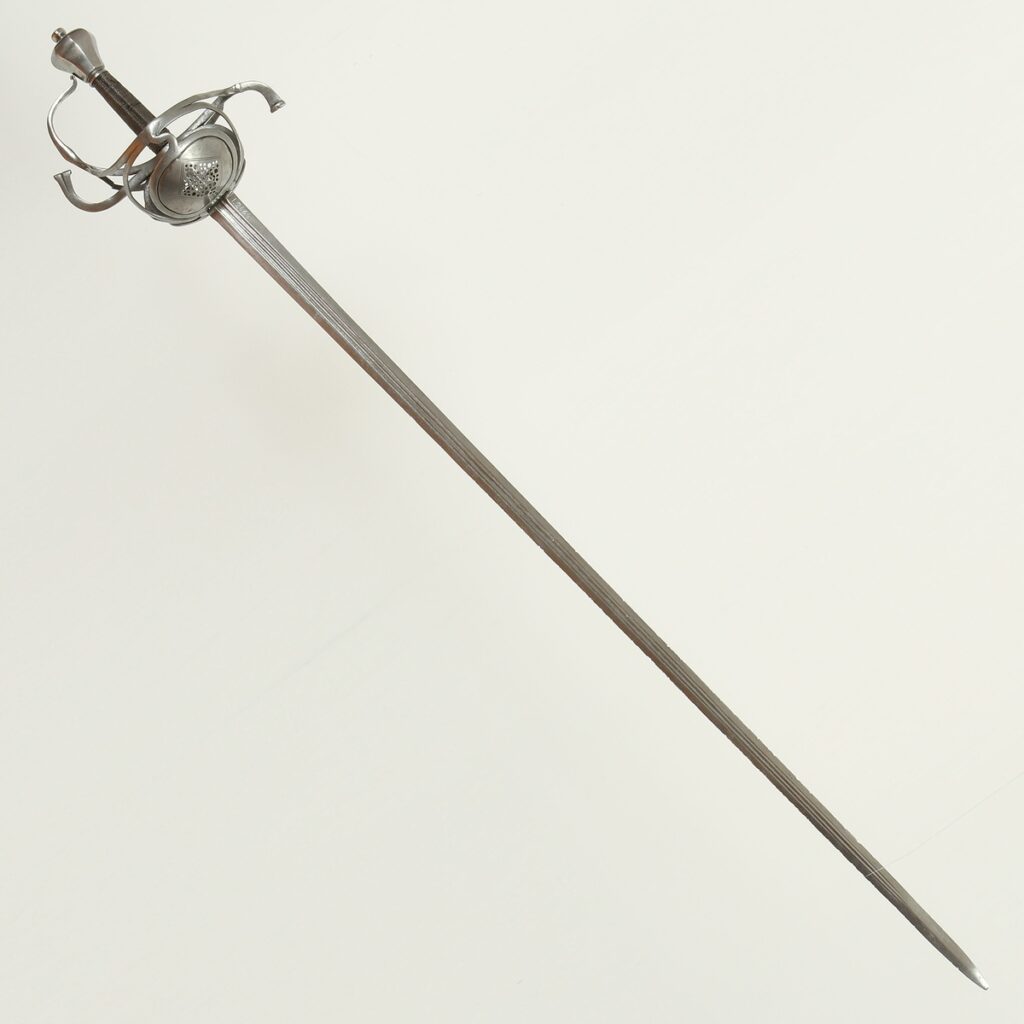
01 Cavalry Sword, c. 1610
Fotogalerie
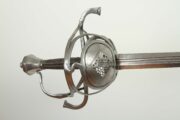

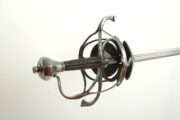

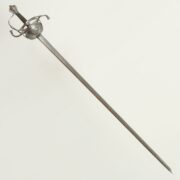
During the second half of the 16th century, the difference between military and civilian weapons became more pronounced. At the same time, as the guards of cavalry swords changed and developed, the hilt started to get shorter, often spirally grooved and wrapped with braided wires. This gave rise to the classic Renaissance sword where the guards were given new side-arms over time, attaching to or extending from an arch forming the front arm of the guard and curling towards the pommel of the hilt. This gave rise to the intricate basket-hilted swords and épées, where it achieved a particular richness of form and definitely replaced the protective iron glove. This richness and intricacy of shape can be traced from the mid-16th century to the mid-17th century when cavalry swords were provided with baskets of more conservative shapes and baskets of a uniform type appeared in the individual regiments of standing armies.
The swords of heavy cavalry with hilts taking on a more developed form of a side-arm basket were slowly changing into a completely new weapon- the broadsword. The broadsword took over the function of the cavalry sword during the 17th century. The weapon in the picture is a typical example of this developmental stage. The sword has a classic straight double-edged and wide blade, but the side-arm basket on the grip is more similar to contemporary swords.
Length 1 217 mm, blade length 1 057 mm, blade width 29 mm, weight 1 340 g.
Aktuálně
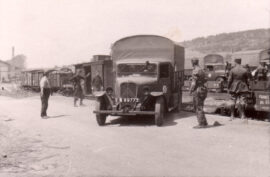
Oceňovaní spojenci - Pozemní útvary československé branné moci v bitvě o Francii očima francouzského velení

Vánoce a přelom roku v zahraniční misi na Slovensku v roce 2022

Prosinec 1944 – oficiální vydání prvních poštovních známek osvobozeného Československa









